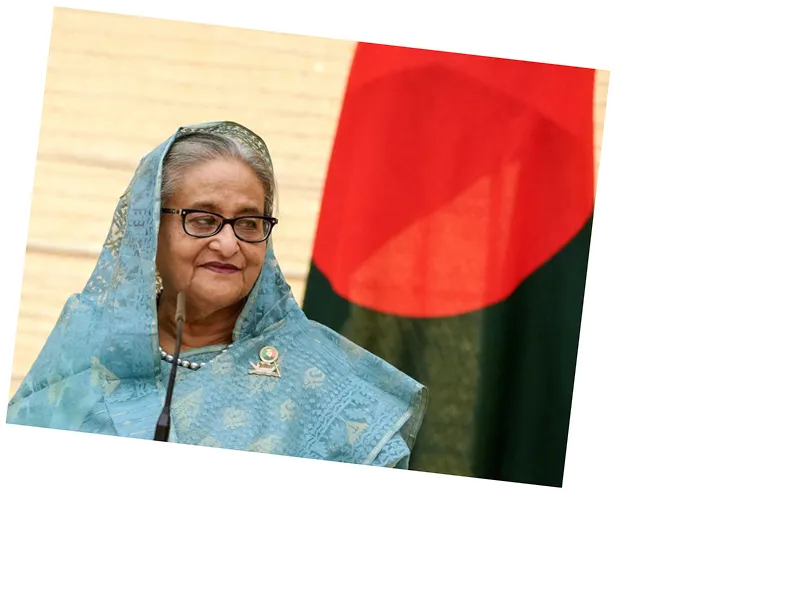Turmoil in Bangladesh: A New Era for the Judiciary
In a dramatic turn of events, Bangladesh has witnessed a significant shake-up within its judiciary as Judge Syed Rifaat Ahmed was sworn in as a judge of the Court of Cassation, the highest court in the country. This comes on the heels of widespread student protests that led to the resignation of several judges, including former Judge Obaidullah Hassan. The swearing-in ceremony, attended by President Muhammad Shahabuddin and interim Prime Minister Muhammad Yunus, marks a pivotal moment in the governance of Bangladesh following the recent ousting of Prime Minister Sheikh Hasina Wajid amid escalating unrest.
Resignations Amidst Rising Tensions
The atmosphere in Dhaka has been charged with tension, as demonstrators surrounded the Supreme Court headquarters demanding the resignation of Chief Justice Obaidullah Hassan. The protests intensified after a two-hour ultimatum was issued for the chief justice and other judges to step down, reflecting the growing discontent among the youth. The protests are part of a larger movement that has seen over 400 fatalities since July, as citizens express their frustration over the political situation in the country. The interim government, now led by Nobel laureate Muhammad Yunus, is responding to these demands by appointing new officials to replace those who have resigned, including the Governor of the Central Bank and several other key positions.
The Path Forward for Bangladesh
As Bangladesh navigates this turbulent period, the formation of an interim government and the recent judicial appointments may signal a new chapter for the nation. The student-led protests have not only reshaped the judiciary but also highlighted the urgent need for political reform. Observers are watching closely to see how the new government will address the demands of the protesters and restore stability in a country that has been rocked by violence and political upheaval. The future of Bangladesh hinges on the ability of its leaders to engage with the youth and implement meaningful changes in governance.






